
Digestive system is one of the most important constellationsof organs in the human body. This system supports the digestion, as a processof mechanical and chemical breakdown of food into smaller components. Thismakes it possible to absorb small particles of nutrients into the bloodstream.Basically, digestion is a form of catabolism in which the large food moleculesare broken down to smaller ones.
Upper Gastrointestinal Tract
The process of digestion starts when the food enters themouth, where it is mechanically and chemically processed by chewing andsoftening. The chemicals in the saliva, from the salivary glands, initiate the processof food digestion, as the enzymes in saliva break down some of the starch and fatin the food at the molecular level. Saliva is produced in and secreted from thethree pairs of major salivary glands, and hundreds of minor salivary glands. Italso makes the chewing easier and transforms the food into the form in which itcan be easily swallowed. The food further travels down the esophagus, a narrowmuscular tube about 20-30 centimeters long, and then into the stomach where itis mixed with gastric acid, pepsin and other digestive enzymes to break down.
Stomach
Stomach is a hollow organ made of thick and elastic muscles.The stomach stores food and aids in the process of breaking it down. Various chemicalssuch as gastric acid, pepsin and other digestive enzymes reduce food contentinto the small particles making it much easier to absorb into the small intestine.The acids in the stomach are not capable of breaking down molecules, but theyprovide an optimum pH environment for the digestive enzymes, and destroy anyremaining microorganisms from the food. Chyme is the product of digestion thattakes place in the stomach. This is the semi-fluid mass of partially digestedfood. The major part of digestion takes part in the small intestines.
Small intestine
The food enters the small intestine trough the pyloricsphincter and into the duodenum, where it mixes with different liquids: bilinand bile acid, pancreatic juice and intestinal enzymes made by the mucosalmembranes. The chyme is broken down into smaller molecules and absorbedinto the circulatory and lymphatic system. The blood carries away the nutrientsfirst to the liver, for filtering and removal of toxins, and further to everyliving cell in the body.
Large intestine
From the small intestine, food enters the large intestine.The large intestine is approximately 1.5 meters long, and it consists of thececum, at the junction with the small intestine, the colon, and the rectum. Thelarge intestine absorbs the water from the mass of food that has been chewed and stores the feces until they can be expelled. The feces are eliminated from the body due tothe contraction and relaxation through the anus.


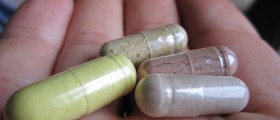
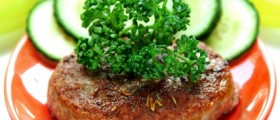
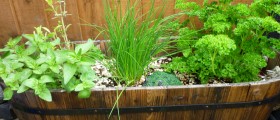
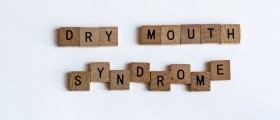


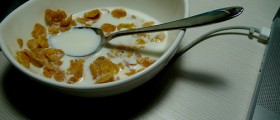


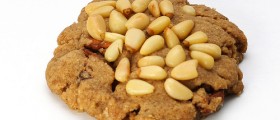
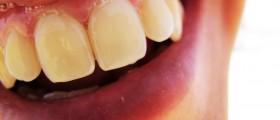
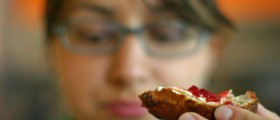

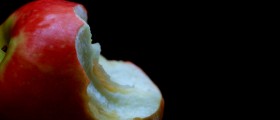
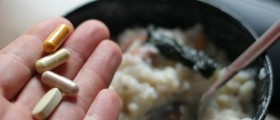
Your thoughts on this
Loading...